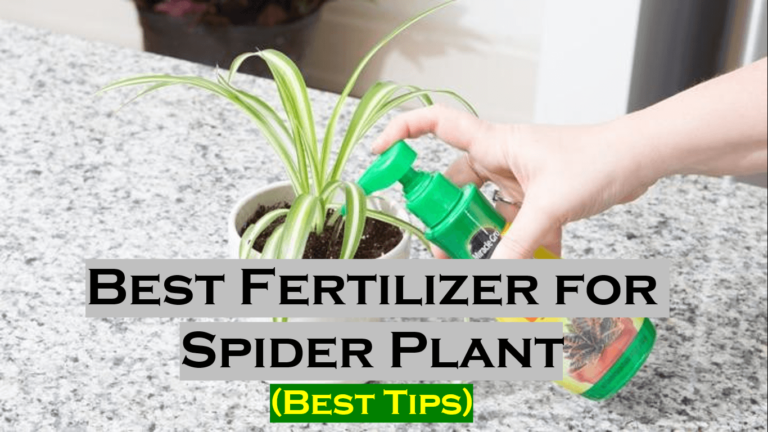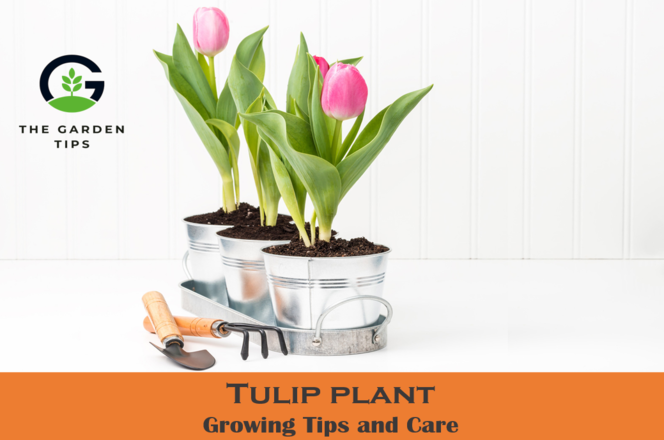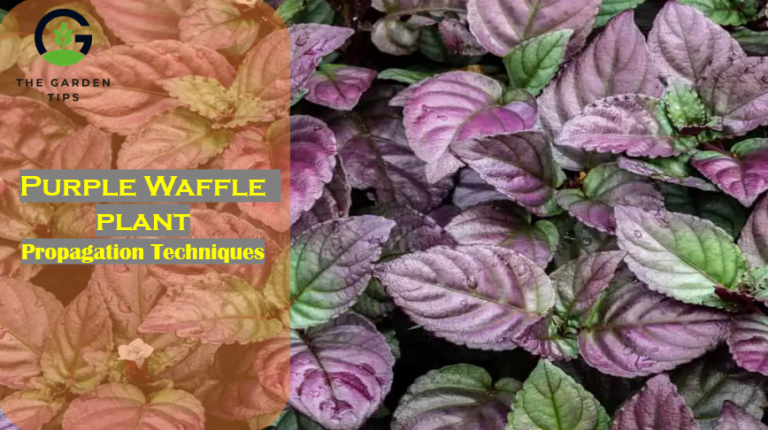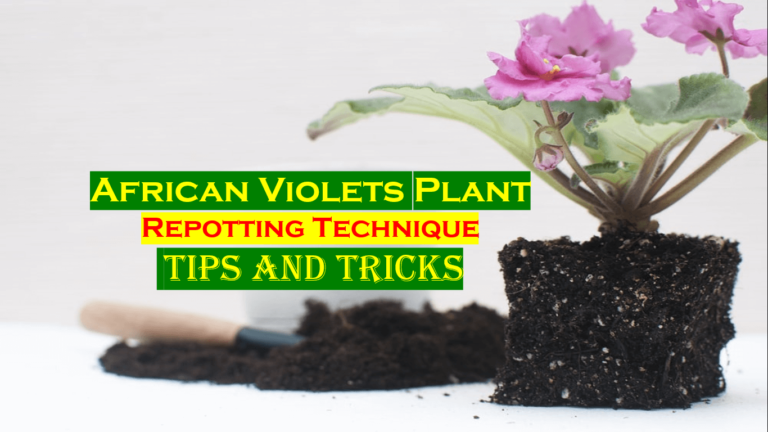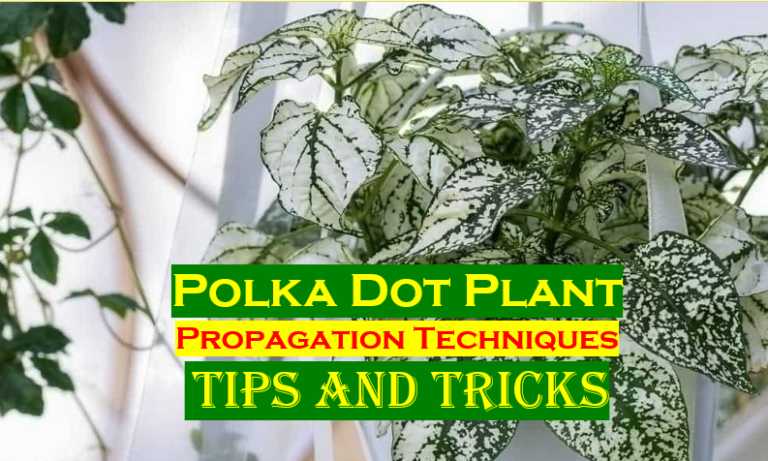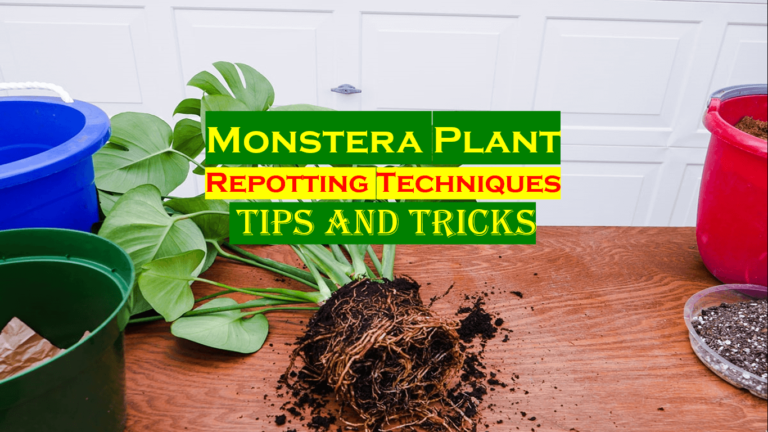Spider plants are generally hardy and resistant to pests, but like any other plant, they can still be affected by a few common issues. Spider mites, mealybugs, and aphids are some of the most common pests affecting spider plants. However, proper care and regular monitoring can minimize the risk of pest infestations and keep your spider plant healthy and thriving.
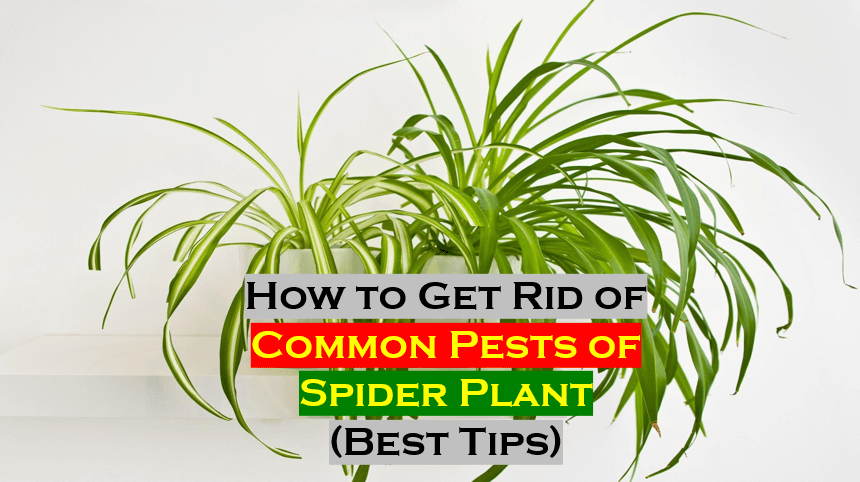
That being said, spider plants can be especially susceptible to pest infestations when grown in less-than-ideal conditions. For example, if the plant is not receiving enough light, is overwatered, or is grown in an environment with low humidity, it may be more susceptible to pest problems. Additionally, plants already weakened by stress or other health issues may be more vulnerable to pest infestations.
It is important to keep an eye on your spider plant and take action if you notice any signs of a pest infestation, such as yellowing leaves or webs or sticky residue. You can help keep your spider plant healthy and thriving by promptly addressing any pest issues.
Common Pests of Spider Plant
- Spider Mites
- Mealy Bug
- Aphid
- Whitefly
Spider mites: These tiny mites can cause yellowing of the leaves and produce fine webs on the plant. They feed on plant sap, reducing its ability to photosynthesize and weakening it over time.
Mealybugs: Mealybugs feed on the plant’s sap, causing yellowing and distortion of the leaves. They also produce honeydew, which can attract other pests and promote the growth of sooty mould.
Aphids: Aphids feed on the plant’s sap, causing yellowing and distortion of the leaves. They also excrete a sticky substance called honeydew that can attract other pests and promote the growth of sooty mold.
Whiteflies: These tiny insects can cause yellowing of the foliage and be a nuisance as they fly around when disturbed.
Pest Infested Spider Plant Symptoms
Infestation of spider plants by pests can cause the following symptoms:
- Yellowing of leaves: It can signify spider mites or thrips feeding on the plant.
- Stippling or discoloration of leaves: Tiny dots or spots on the leaves can indicate feeding by spider mites or thrips.
- Curling or deformation of leaves: This can occur if the plant is infested by aphids or mealybugs, which suck the sap from the leaves and stems, causing the leaves to become distorted.
- Webbing on leaves and stems: This indicates a spider mite infestation.
- Sticky residue on leaves and stems: This is a sign of a mealybug infestation, as they secrete a sticky substance called honeydew.
- Leaf loss: In severe cases, pest infestations can cause leaves to fall off the plant.
If you suspect your spider plant is infested with pests, it is important to take action promptly to prevent the spread of the infestation and protect the plant’s health.
Top of Form
How to Control Spider Plant Pests without using Pesticide
Several common natural methods can be used to control pests on spider plants without the use of pesticides. These include:
Physical removal: Pests such as spider mites and mealybugs can often be removed by simply wiping them off the plant’s leaves with a damp cloth or a cotton swab dipped in rubbing alcohol.
Isolation: If an infestation is caught early, the infected plant can be isolated from other plants to prevent the pests from spreading.
Natural predators: Encouraging natural predators, such as ladybugs and green lacewings, in the area where the plants are grown can help to control pests.
Soap and water: A solution of water and dish soap can be used as a spray to suffocate pests on the leaves and stems of the plant.
Companion planting: Companion planting with certain plants is known to repel pests, like chrys.
How to Control Spider Plant Pests with Pesticides
To get rid of these pests, the use of pesticides is one of the options. Identifying the pest correctly before applying the pesticides is important to avoid using the wrong product. Common pesticides used to control pests on spider plants include:
When using pesticides, choosing a product specifically formulated for houseplants is important and safe for use around humans and pets. Some common pesticides used to control pests on spider plants include:
Neem oil: Neem oil is a natural pesticide made from the seeds of the neem tree. It works by suffocating the pests and disrupting their growth and reproduction.
Insecticidal soap: Insecticidal soap is a mild pesticide that suffocates pests. It is safe for spider plants and can be applied directly to the leaves.
Horticultural oil: Horticultural oil is a type of Pesticide that suffocates pests and can be used as a spray or a drench.
Pyrethrin: Pyrethrin is a natural pesticide made from chrysanthemum flowers. It paralyses the pests and can be used as a spray or a drench.
It’s important to follow the instructions on the pesticide label carefully and ensure the plant is well-ventilated during and after treatment. Also, it’s recommended to test a small area of the plant before treating it and avoid using pesticides during blooming or when it is stressed. As a preventive measure, it’s always good to keep plants healthy, as healthy plants are less susceptible to pests and diseases.
Final Words
In conclusion, spider plants are generally low-maintenance but can be susceptible to a few common pests. Regular monitoring of the plant and prompt treatment of any infestations can help keep the plant healthy and thriving.
To treat these pests, it’s recommended to remove the affected leaves, increase humidity around the plant, and use an insecticidal soap or neem oil solution to kill the pests.


